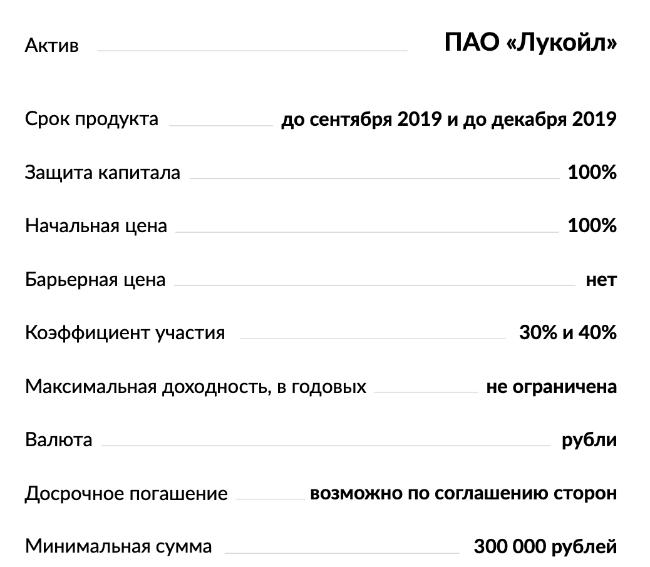We analyze the new initiatives of the Central Bank to regulate the stock market: 3 groups of investors, restrictions for beginners

Image: Unsplash
According to RBC, the Central Bank of Russia has developed a package of amendments to the bill on the categorization of investors. Journalists gained access to the document and were able to study it. The main news: the regulator plans to introduce severe restrictions on the activities of unprofessional novice investors.
On September 26, amendments will be discussed in the State Duma Committee on Financial Markets. Today we will analyze the possible changes in more detail.
Three categories of investors
As part of the new bill, it is planned to introduce a new gradation of private investors. Today, there are two categories of investors: unskilled and qualified, who have access to a wider range of financial products and who have greater resources.
Now it is proposed to introduce three categories of investors: two groups of unskilled and leave qualified.
When starting operations in the stock market, the investor, by default, receives the status of especially protected. Subsequently, he will be able to transfer to the group of “simple unskilled” investors, and only later become qualified.
What you can invest in each category investor
The regulator’s plan is to protect unskilled and novice investors from potential financial losses. It is proposed to do this by prohibiting them from using certain financial instruments.
For example, two groups of unskilled investors will be able to use shares and bonds of Russian companies, but they will not be able to invest in foreign securities, ETFs, etc.
At the same time, everything is not so simple. Especially protected investors after passing the test (it is conducted by a broker) will be able to use margin lending and invest in “risky” assets in the amount of not more than 50 thousand rubles a year. This is the maximum amount that the law "allows" to lose to a novice investor - everything above it should be compensated by a broker. Accordingly, the broker may refuse to carry out a risky operation if he believes that it may lead to losses as well.
In general, the law allows protected investors to carry out risky operations up to 50 thousand rubles a year after testing failure - but in this case, it will be necessary to separately sign an agreement on acceptance of risks.
Access to ETFs, foreign stocks on foreign markets, mutual funds and other risky instruments will remain only with qualified investors.
How to investor go to the next level
The main question is how specially protected investors will be able to move into the group of ordinary unskilled ones. In order to do this and gain access to an expanded list of investment instruments, it will be necessary to accumulate 1.4 million rubles.
However, according to journalists, the final limit has not yet been approved, discussions are ongoing.
For an investor to be recognized as "qualified", he needs to meet one of the criteria:
- have at their disposal funds from 10 million rubles;
- or have 1.4 million free funds, provided that in the previous six months the investor actively conducted exchange transactions for a total amount of at least 6 million rubles;
- or experience in financial markets, a certificate or certificate that meets the standards of a self-regulatory organization (SRO).
How investors can protect their investments now
Despite the fact that exchange investments are fraught with risk, even today there are capital protection instruments. These include, for example, structural products or model portfolios.
Structural products are various financial instruments collected in a single portfolio. Analysts of a brokerage company select them in a certain proportion in order to ensure either minimal or near-zero risk when investing on a stock exchange. For example, 90% of a structural product may be federal loan bonds (OFZ), and 10% of a company’s shares.
This is how a structural product with a capital protection level of 100% might look like:

In turn, a model portfolio is an investment portfolio that consists of several securities selected for certain criteria (for example, bonds or shares of one sector of the economy). Such portfolios are convenient for novice investors who have several tens of thousands of rubles, but have no experience working on the exchange, which means that there is a high probability of losses in independent trading. Each portfolio has an indicator of expected return, so the investor understands how much he can earn.
An example of such a portfolio: a model portfolio of American stocks - a possible return of 23% per annum with a low level of risk. Read more about model portfolios here .
Conclusion
According to statistics cited by RBC in its material, 80% of clients of domestic brokers fall into the category of especially protected. They may be denied access to 75% of the financial instruments available now. In particular, at the moment it is unclear whether specially protected investors will be able to carry out operations in the derivatives market (for example, use futures and options).
Innovations can be introduced from 2021 - on September 26, amendments to the law will be discussed in the State Duma.
Useful links on the topic of investment and stock trading:
All Articles